Deck & Commander Strategies

Hamza, Guardian of Arashin
Utilizes plus one plus one counters to rapidly grow creatures and reduce costs of expensive creatures, aiming for a powerful, synergistic board presence.

The Ur-Dragon
Focuses on ramping quickly to cast and swarm the board with large dragons, overwhelming opponents with flying threats and dragon tokens.
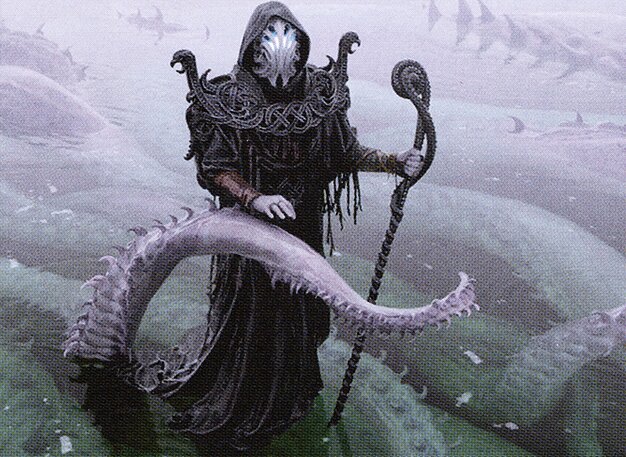
Orvar, the All-Form
Leverages spells that target permanents to copy effects and generate value, employing counterspells and land disruption to control the pace of the game.

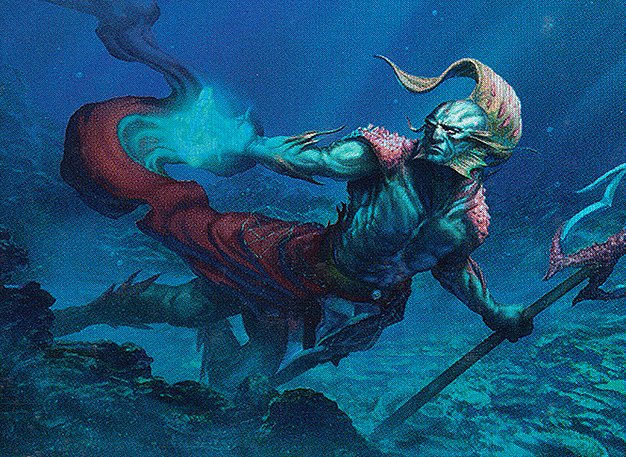
Thrasios, Triton Hero and Bruse Tarl, Boorish Herder
Elf tribal ramp and synergy deck that generates massive mana and buffs through elves and artifacts, aiming to outpace opponents with explosive mana production and creature growth.
Gameplay Insights
- 1
Hamza’s player maximized the growth of Wildwood Scourge by using multiple plus one plus one counter synergies and equipping Swiftfoot Boots to make it a key damage dealer.
- 2
The Ur-Dragon player used Hellkite’s triggered ability multiple times in a single combat phase to generate a swarm of powerful flying dragon tokens, creating significant board pressure.
- 3
Orvar’s player applied disruptive tactics such as Ghost Quarter and counterspells to slow down opponents but did not develop an immediate dominant board presence.
- 4
Thrasios and Bruse’s player leveraged elf ramp and synergy cards like Song of Freyalise and Elvish Archdruid to generate large amounts of mana and pump creatures, preparing for explosive turns.
- 5
Players carefully navigated blocks and damage assignment to mitigate lethal threats while maintaining pressure, illustrating the importance of tempo and board control in high-powered multiplayer EDH games.
Notable Cards
-
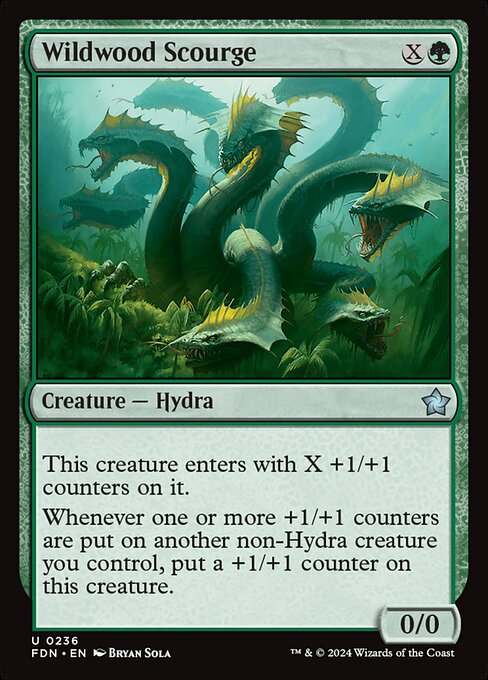
Wildwood Scourge
-

Swiftfoot Boots
-
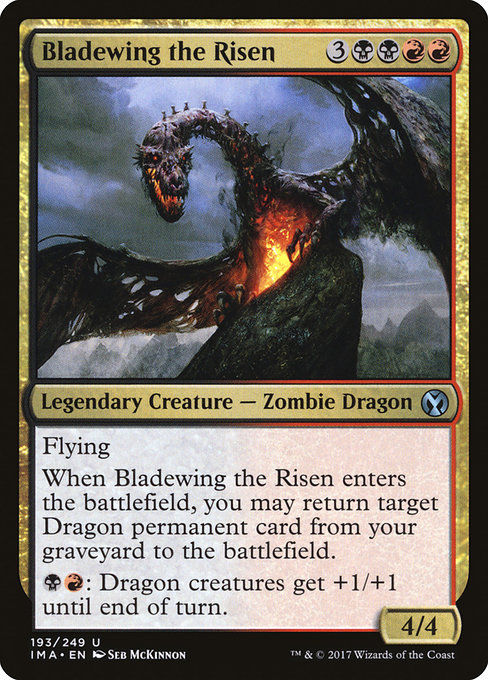
Bladewing the Risen
-
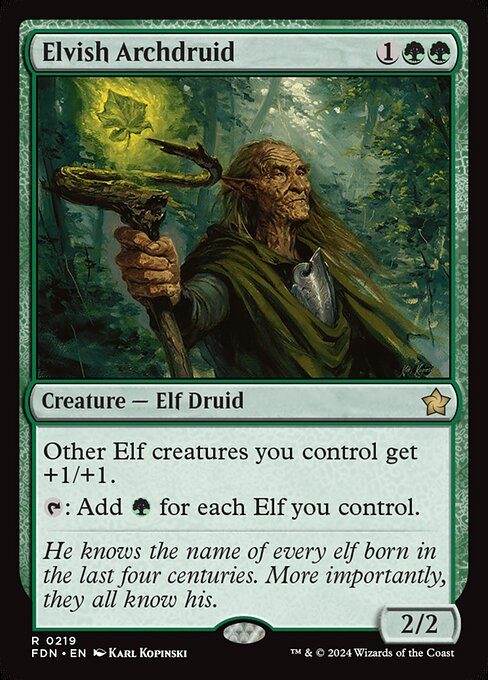
Elvish Archdruid
-
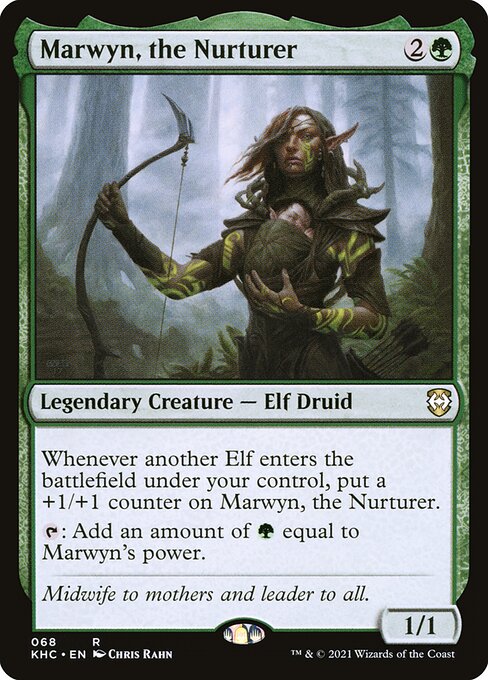
Marwyn, the Nurturer
-
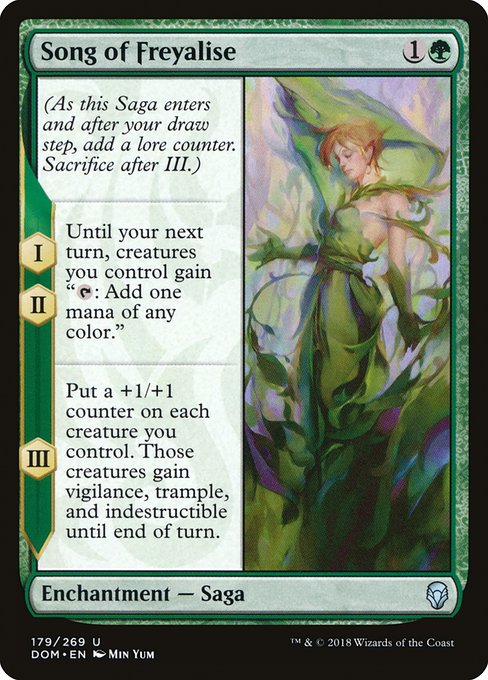
Song of Freyalise
-
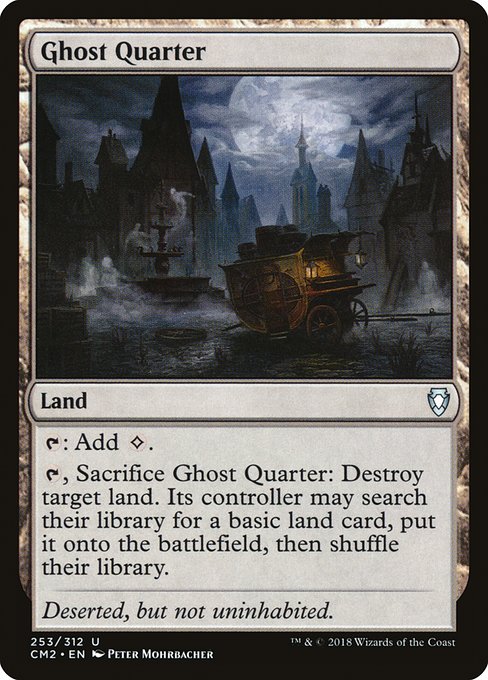
Ghost Quarter
-
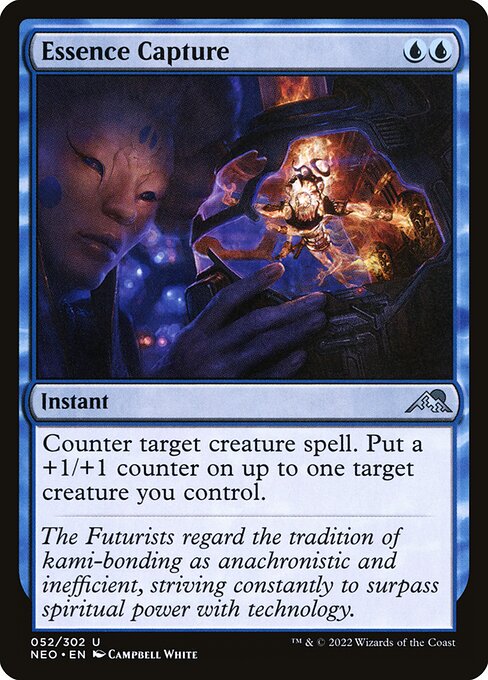
Essence Capture
-
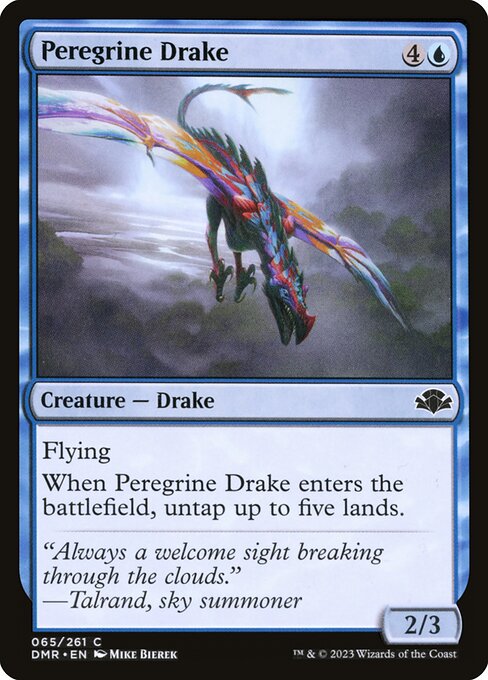
Peregrine Drake
-
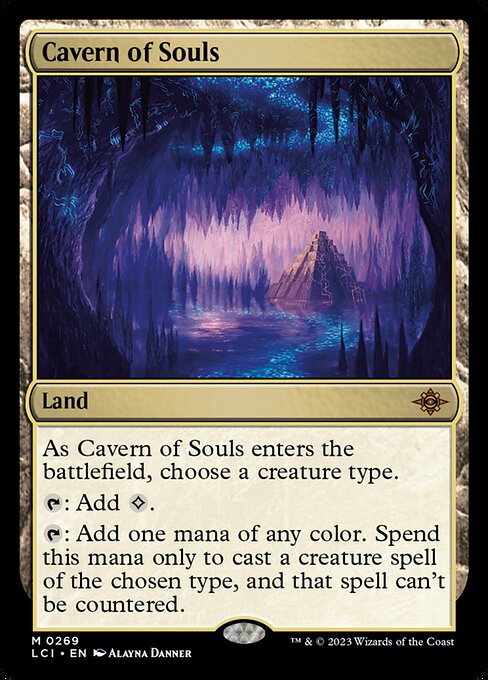
Cavern of Souls
Gameplay Summary
The game began with each player developing their board state according to their distinct deck strategies.
Hamza's player focused on plus one plus one counter synergies, quickly advancing creatures like Wildwood Scourge with multiple counters and equipping Swiftfoot Boots to increase threat levels.
Meanwhile, the Ur-Dragon pilot aimed to ramp aggressively and cast powerful dragons such as Bladewing the Risen and Hellkite for overwhelming air assaults, creating multiple dragon tokens to pressure opponents.
Orvar's player leveraged spell copying and land disruption with Ghost Quarter, while the Thrasios and Bruse deck focused on elf tribal ramp and generating massive mana to enable explosive plays, using cards like Elvish Archdruid, Marwyn, and Eledameri Lord of the Leaves to accelerate mana production and pump their board.
Key turning points included the Wildwood Scourge growing to a formidable 6/6 with multiple counters and equipment, posing a serious threat to the Ur-Dragon player, and the Ur-Dragon player's Hellkite repeatedly triggering to produce additional 6/6 flying dragon tokens, swinging the momentum into a high-pressure offensive.
The Thrasios player used synergy spells like Song of Freyalise to bolster their creatures and maintain board presence.
The Orvar deck's use of counterspells and utility lands helped slow down opponents’ plays but did not develop immediate board dominance.
The game progressed with multiple combat phases where damage was dealt and blocks were made, emphasizing the importance of board control and damage mitigation.
The game was a high-powered, dynamic battle centered around escalating board states, with flying dragons and growing elvish creatures threatening lethal strikes, making efficient use of mana ramp and counter interactions.
The overall win condition revolved around overwhelming opponents either through swarming with dragons or mana-fueled elf-powered combatants.



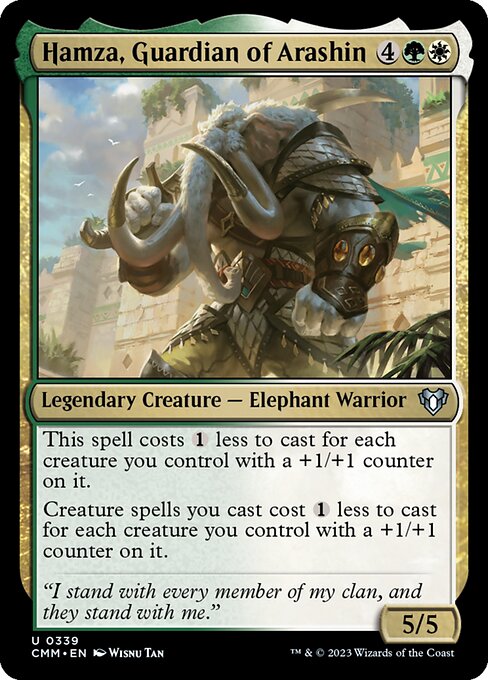

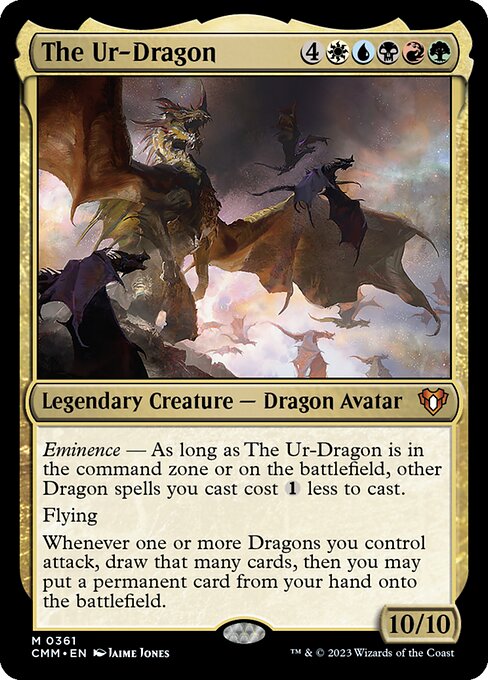




























![Orvar vs Anowon vs Jeska // Thrasios vs Vega [EDH/Commander, Magic The Gathering Gameplay] 2021 thumbnail](https://i.ytimg.com/vi/SWUOIarbMTE/sddefault.jpg)










![Commander Randomizer Part 2 [Commander VS 316] | Magic: the Gathering Commander Gameplay thumbnail](https://i.ytimg.com/vi/okRK1jVYfno/sddefault.jpg)

![Commander VS S13E8: Najeela vs Gahiji vs Thromok vs Bruse Tarl & Thrasios [EDH] thumbnail](https://i.ytimg.com/vi/3Z9ZBNSOTXg/sddefault.jpg)




